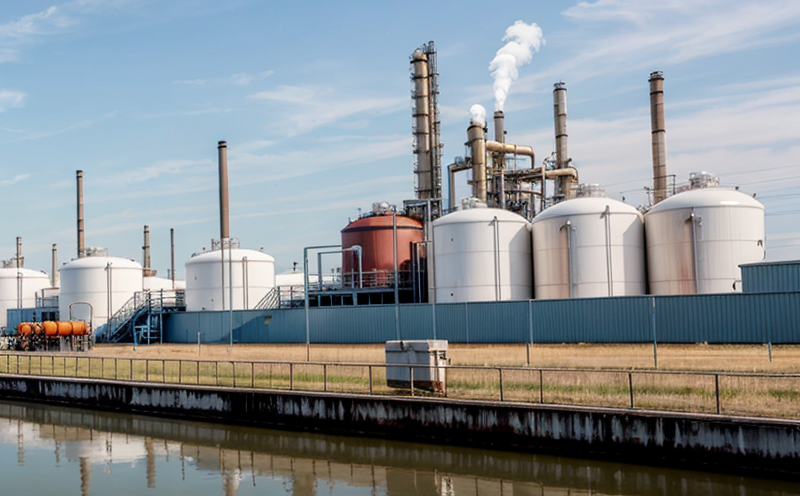EPA 1312 Synthetic Precipitation Leaching Safety Testing
The EPA 1312 Synthetic Precipitation Leaching (SPL) test is a critical component of environmental compliance for industrial facilities that manage hazardous waste. This method evaluates the potential for leachate formation from solid waste materials, particularly those containing heavy metals and other contaminants. Conducted in accordance with EPA guidelines, this test ensures compliance with the Resource Conservation and Recovery Act (RCRA).
The SPL test simulates real-world conditions by subjecting waste samples to acidic precipitation leachate. This process helps in predicting the potential for hazardous materials to leach into groundwater, posing a risk to both the environment and public health. The testing procedure involves placing the waste sample in a controlled environment where it is subjected to synthetic precipitation leaching over an extended period.
The primary objective of this test is to determine whether solid waste will release contaminants when exposed to water under acidic conditions, mimicking rainfall or other natural events that could cause contamination. This information is crucial for assessing the safety and environmental impact of industrial processes that involve hazardous materials handling.
Understanding the leaching potential of industrial wastes helps facilities make informed decisions regarding waste management strategies, such as landfill design, waste treatment methods, and recycling initiatives. By ensuring compliance with EPA regulations, this test supports sustainable practices within the industry.
The process typically involves several steps: preparing the sample, placing it in a leaching apparatus under controlled conditions, monitoring the leachate for specific contaminants, and analyzing results against predefined acceptance criteria. Compliance officers, quality managers, R&D engineers, and procurement teams must be aware of these requirements to ensure their facilities meet regulatory standards.
For accurate results, laboratories specializing in chemical testing employ advanced instrumentation such as ICP-MS (Inductively Coupled Plasma Mass Spectrometry) for trace metal analysis. This equipment allows for precise measurement of contaminant levels, providing reliable data that can be used to inform corrective actions if necessary.
Given the complexity and importance of EPA 1312 SPL testing, it is essential to work with experienced laboratories capable of delivering consistent results across multiple samples. Our team at [Lab Name] has extensive experience in conducting this type of analysis, ensuring compliance while providing insights into potential risks associated with waste management practices.
- Accurate measurement using ICP-MS for trace metal detection
- Comprehensive documentation and reporting capabilities
- Use of state-of-the-art equipment to ensure precise readings
- Expertise in interpreting results within the context of EPA guidelines
Why It Matters
The EPA 1312 SPL test is vital for industrial facilities because it provides concrete evidence regarding waste management practices. Compliance with federal regulations not only protects the environment but also ensures legal protection for companies operating within regulated industries.
By conducting this test, organizations demonstrate their commitment to sustainability and responsible environmental stewardship. This proactive approach can enhance reputation among stakeholders and contribute positively towards corporate social responsibility goals.
In addition to regulatory compliance, the results of EPA 1312 SPL testing offer valuable insights into areas where improvements might be made in waste handling processes. For instance, identifying higher-than-acceptable levels of certain contaminants could prompt changes in how wastes are stored or treated before disposal.
Furthermore, consistent adherence to these standards helps maintain trust with regulatory bodies and the public alike. When companies consistently meet or exceed expectations set forth by governing agencies like the EPA, they establish themselves as leaders in their respective fields.





